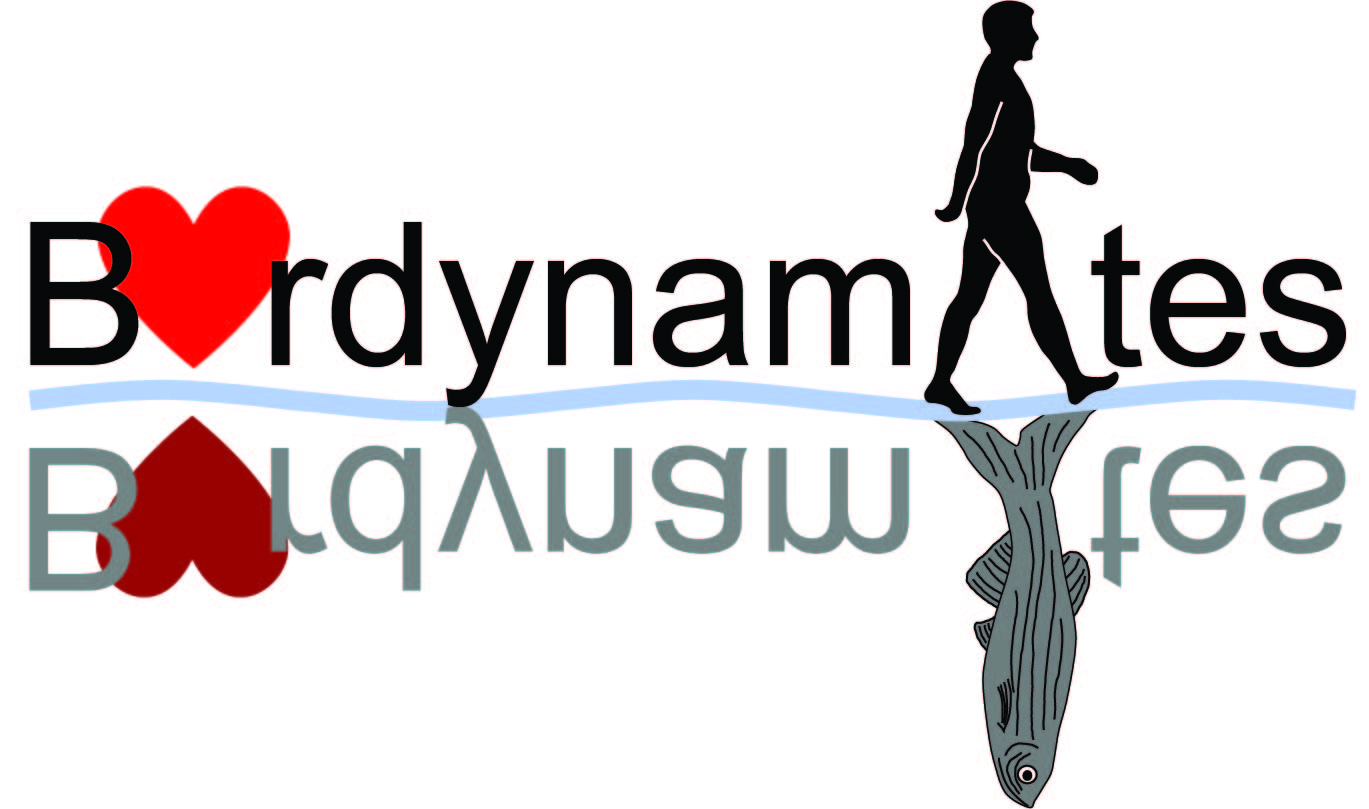Nodal signals mediate interactions between the extra-embryonic and embryonic tissues in zebrafish.
Type
In many vertebrates, extra-embryonic tissues are important signaling centers that induce and pattern the germ layers. In teleosts, the mechanism by which the extra-embryonic yolk syncytial layer (YSL) patterns the embryo is not understood. Although the Nodal-related protein Squint is expressed in the YSL, its role in this tissue is not known. We generated a series of stable transgenic lines with GFP under the control of squint genomic sequences. In all species, nodal-related genes induce their own expression through a positive feedback loop. We show that two tissue specific enhancers in the zebrafish squint gene mediate the response to Nodal signals. Expression in the blastomeres depends upon a conserved Nodal response element (NRE) in the squint first intron, while expression in the extra-embryonic enveloping layer (EVL) is mediated by an element upstream of the transcription start site. Targeted depletion experiments demonstrate that the zebrafish Nodal-related proteins Squint and Cyclops are required in the YSL for endoderm and head mesoderm formation. Thus, Nodal signals mediate interactions between embryonic and extra-embryonic tissues in zebrafish that maintain nodal-related gene expression in the margin. Our results demonstrate a high degree of functional conservation between the extra-embryonic tissues of mouse and zebrafish.

